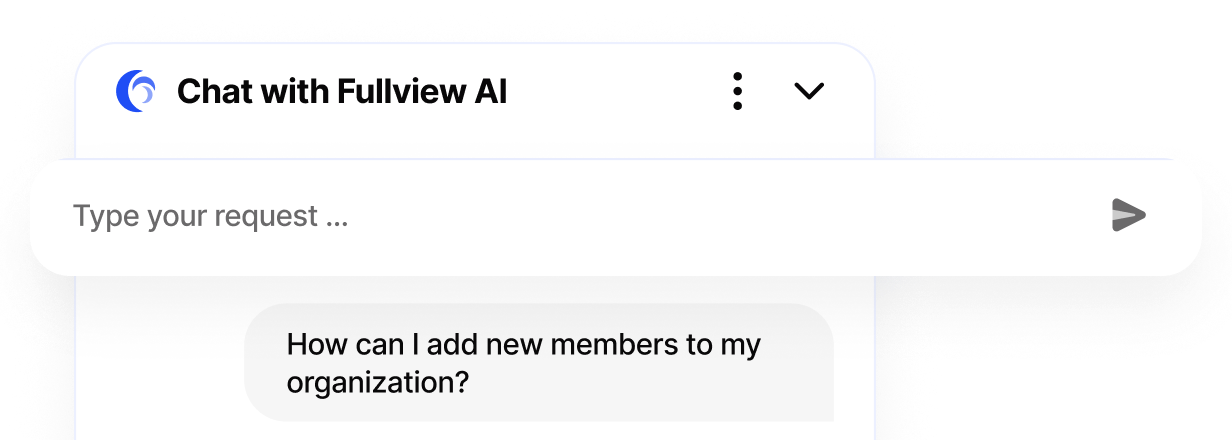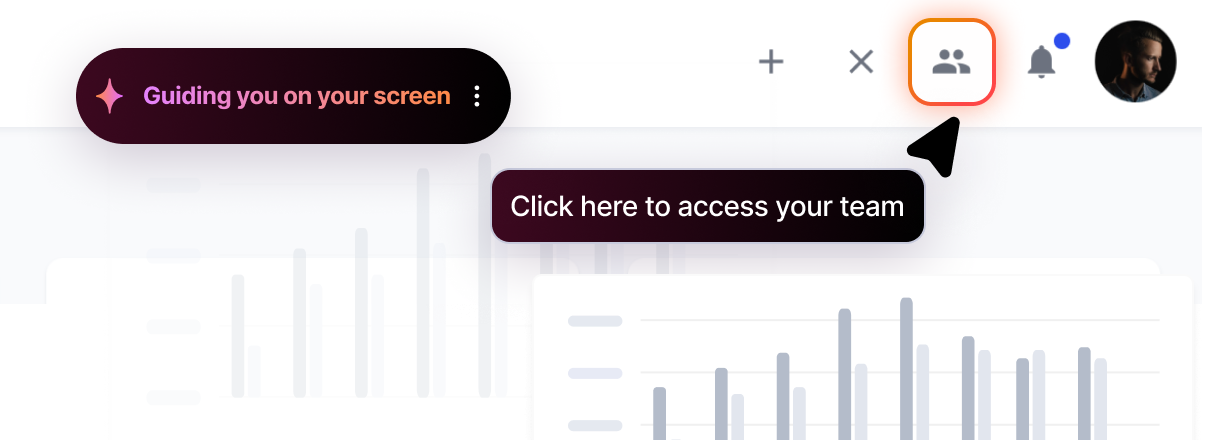As businesses strive to create personalized experiences that resonate with their target audience, the ability to analyze user behavior has become a fundamental skill for marketers, product managers, UX designers, and data analysts alike.
But why is user behavior analysis so important? Studies have shown that 80% of consumers are more likely to make a purchase from a brand that provides personalized user experiences. By diving deep into user behavior patterns, businesses can fine-tune their offerings and tailor their messaging to better engage their audience, ultimately driving long-term success. In this article, we'll explore the strategies and frameworks used to analyze user behavior.
What is user behavior analysis?
User behavior analysis refers to the systematic process of collecting, measuring, and interpreting data related to how users interact with digital platforms, such as websites, web apps, mobile applications, or software systems.
This information aids in identifying patterns, trends, and potential obstacles that users may encounter while using a product or service. As a result, user behavior analysis plays a vital role in making informed decisions to optimize user experience (UX), boost engagement, increase conversions, and reduce churn rates.
The key components of user behavior analysis include:
- Data collection: Collecting data from various sources, such as user interviews, surveys, and web analytics.
- Metrics: Examining metrics such as customer lifetime value, engagement rate, and conversion rate to track user behavior.
- Visualization techniques: Employing data visualization tools such as session replay tools, heatmaps and funnel analysis to gain insights into user behavior.
The importance of user behavior analysis
Now that we understand the basics of user behavior analysis, let's take a look at why it is so important:
- Improves your user experience: Analyzing user behavior helps businesses understand user needs and preferences. This knowledge enables enhancements to user interfaces, navigation, and personalized content, resulting in improved user experiences.
- Increases conversion rates: Monitoring user engagement allows businesses to optimize conversion rates by adjusting calls-to-action, improving landing page design, or refining marketing messages for target audiences.
- Helps you identify bottlenecks: User behavior analysis identifies areas where users face difficulties. Addressing these bottlenecks streamlines offerings, improves user satisfaction, increases customer retention, and attracts new users through positive word-of-mouth.
- Helps you enhance customer retention: Understanding user behavior is essential for maintaining customer relationships. Identifying engagement patterns helps businesses anticipate issues and tailor communication strategies, ensuring customers receive relevant information that encourages continued engagement.
User behavior analysis frameworks
User behavior analysis frameworks help businesses understand why users behave the way they do. Some of these frameworks include:
- Technology Acceptance Model (TAM): This model focuses on how users come to accept and adopt new technology. It suggests that perceived usefulness and perceived ease of use are the primary factors influencing technology acceptance, which in turn affects user behavior.
- Theory of Planned Behavior (TPB): TPB posits that user behavior is determined by their intention to perform a specific action, which is influenced by attitudes, subjective norms, and perceived behavioral control. By understanding these factors, businesses can predict and influence user behavior.
- Hooked Model: Developed by Nir Eyal, the Hooked Model describes how products can create habit-forming experiences for users. The model consists of four stages: trigger, action, variable reward, and investment. By designing products with these stages in mind, businesses can encourage user engagement and retention.
- Flow Theory: Flow theory, proposed by Mihaly Csikszentmihalyi, states that users are most engaged when they experience a state of "flow," characterized by complete immersion, enjoyment, and focus. Designing products that foster flow can lead to increased user satisfaction and loyalty.
- Fogg Behavior Model: This model explains that user behavior is the result of three elements: motivation, ability, and triggers. To influence user behavior, businesses must ensure that users have sufficient motivation, the ability to perform the desired action, and the presence of a trigger that prompts the action.
Metrics to track for understanding user behavior
There are a few key metrics that businesses should track to understand user behavior:
- Page views: Measures the number of times users visit a particular page, indicating which content is popular and engaging.
- Bounce rates: This metric measures the percentage of users who leave your site after viewing only one page, helping identify issues with user engagement or site design.
- Time on page: Measures how long users spend on a specific page, informing you about the effectiveness of your content in holding their attention.
- Click-through rates: Measures the percentage of users who click on a specific link, revealing the success of calls-to-action and ad campaigns.
- Conversion rates: Measures the percentage of users completing a desired action (e.g., making a purchase), highlighting the effectiveness of your marketing strategies and website design.
- User flow: Analyzes the paths users take through your site, allowing you to optimize navigation and user experience.
- Churn: Measures the rate at which users stop using your product or service, indicating customer satisfaction levels and areas for improvement.
- Retention rates: Measures the percentage of users who continue using your product or service over time, reflecting customer loyalty and the success of retention efforts.
Software and Tools for Tracking User Behavior
%20(1).png)
Once you have a better understanding of user behavior, it's time to start tracking and analyzing the metrics mentioned above. Here are some software and tools that can help your business track user behavior:
- Analytics tools
- Heat mapping tools
- Session secording tools
- A/B testing platforms
- Customer journey analytics tools
- Survey software
Analytics tools
Analytics tools are essential for monitoring user behavior on websites and apps. They provide valuable data such as page views, bounce rates, and user demographics. Examples of analytics tools include Google Analytics and Mixpanel.
Heat mapping tools
Heat mapping tools visualize user interactions on your website by displaying areas where users click, scroll, or move their mouse. This helps identify popular elements or areas for improvement. Examples of heat mapping tools include Hotjar and Mouseflow.
Session recording tools
Session recording tools auto record user sessions on your website or web app, allowing you to watch and analyze every mouse movement, click, and action that is taken. This qualitative data is invaluable for understanding user behavior more deeply. You can filter for various variables for cohort analysis-style deep dives into different categories of users and their sessions to spot similarities and differences.
One example of a session replay tool is Fullview. It offers unique selling points such as being fully GDPR compliant, excellent filtering and segmentation abilities, and an analytics dashboard for a high-level overview of user behavior, so you can also see quantitative data along with qualitative.
A/B testing platforms
A/B testing platforms allow you to test different variations of your website or app elements to determine which version performs better in terms of user engagement and conversion rates. Examples of A/B testing platforms include Optimizely.
Customer journey analytics tools
Customer journey analytics tools help you understand the entire customer journey by analyzing how users interact with your website or app across multiple touchpoints. This enables you to optimize the user experience and increase conversions. Examples of customer journey analytics tools include Heap and Pendo.
Survey software
Survey software allows you to gather direct feedback from your users, providing insights into their preferences, pain points, and overall satisfaction. This information can be used to improve your website or app based on user needs. Examples of survey software include SurveyMonkey and Qualtrics.
Common mistakes and wrong assumptions in analyzing user behavior
Analyzing user behavior can be tricky and there are some common pitfalls that businesses need to avoid. The three most common mistakes and assumptions include the following:
- Relying solely on vanity metrics like page views or social media followers can provide a false sense of success without reflecting actual user engagement. To avoid this, focus on meaningful metrics such as conversion rates and retention.
- Not considering context may lead to misinterpretation of data. Always account for external factors influencing user behavior.
- Overlooking qualitative data is another mistake, as it helps understand user motivations. Complement quantitative data with user interviews, user session recordings and surveys.
- Failing to iterate and experiment based on insights hinders growth. Continuously test hypotheses and refine strategies for more accurate analysis.
- It's also crucial to avoid common cognitive biases many UI/UX designers make when analyzing user behavior. These include things like confirmation biases, the anchoring effect and the order effect.
By avoiding these mistakes, businesses can achieve meaningful insights into user behavior and drive success.
Wrapping things up
When it comes to analyzing user behavior, there are a variety of metrics and tools that businesses can use to gain an accurate understanding of their audiences. By tracking the right metrics and utilizing the right software, businesses can optimize their websites or apps for improved user engagement and conversions.


.png)





.webp)
